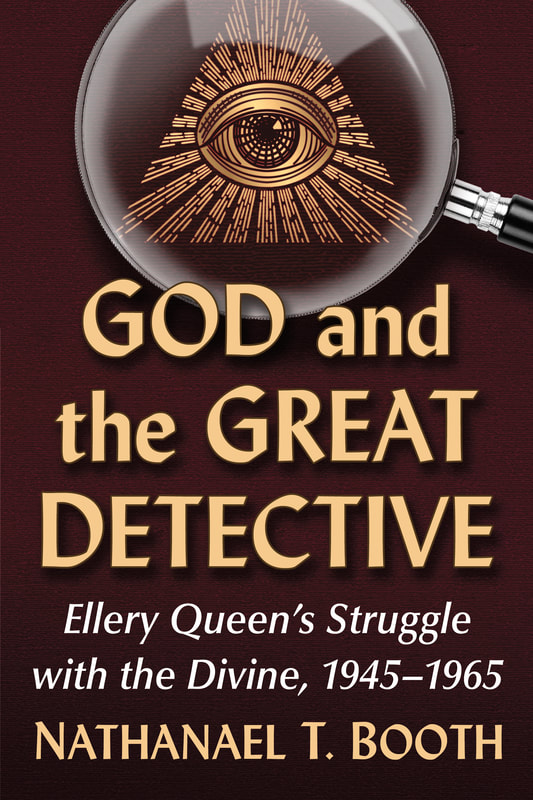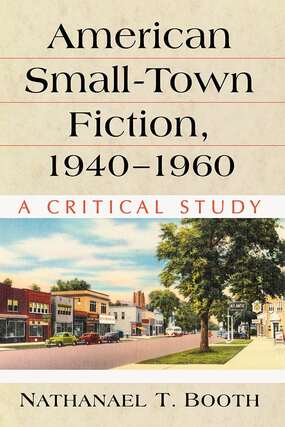The problem of human evil is never far beneath the surface of mystery fiction, and this was particularly true in the wake of the horrific events of World War II. One figure who set out to investigate this crisis was Ellery Queen. This book provides a much-needed intervention in the study of detective fiction by giving sustained attention to Ellery Queen as well as suggesting possible directions for broader discussions of the genre. After WWII, Ellery Queen mounted an inquiry into the state of masculinity and of the world in the wake of unimaginable horrors represented by the death camps and the atomic bomb. During his investigation, Ellery rummaged through the ruins of culture, invoking and evoking figures such as Walt Whitman, Henry David Thoreau, and (naturally) Edgar Allan Poe. Ultimately, this quest brought him up against an unexpected foe: God himself. This book examines the ways Queen pushes against the boundaries of what was (and, in some circles, still is) considered possible or desirable in the genre.
Available at the publisher's website or wherever books are sold.
Available at the publisher's website or wherever books are sold.
In literature and popular culture, small town America is often idealized as distilling the national spirit. Does the myth of the small town conceal deep-seated reactionary tendencies or does it contain the basis of a national re-imagining?
During the period between 1940 and 1960, America underwent a great shift in self-mythologizing that can be charted through representations of small towns.
Authors like Henry Bellamann and Grace Metalious continued the tradition of Sherwood Anderson in showing the small town—by extension, America itself—profoundly warping the souls of its citizens.
Meanwhile, Ray Bradbury, Toshio Mori and Ross Lockridge, Jr., sought to identify the small town’s potential for growth, away from the shadows cast by World War II toward a more inclusive, democratic future.
Examined together, these works are key to understanding how mid–20th century America refashioned itself in light of a new postwar order, and how the literary small town both obscures and reveals contradictions at the heart of the American experience.
Check out the publisher's website for information about purchasing, or find it wherever books are sold.
During the period between 1940 and 1960, America underwent a great shift in self-mythologizing that can be charted through representations of small towns.
Authors like Henry Bellamann and Grace Metalious continued the tradition of Sherwood Anderson in showing the small town—by extension, America itself—profoundly warping the souls of its citizens.
Meanwhile, Ray Bradbury, Toshio Mori and Ross Lockridge, Jr., sought to identify the small town’s potential for growth, away from the shadows cast by World War II toward a more inclusive, democratic future.
Examined together, these works are key to understanding how mid–20th century America refashioned itself in light of a new postwar order, and how the literary small town both obscures and reveals contradictions at the heart of the American experience.
Check out the publisher's website for information about purchasing, or find it wherever books are sold.


